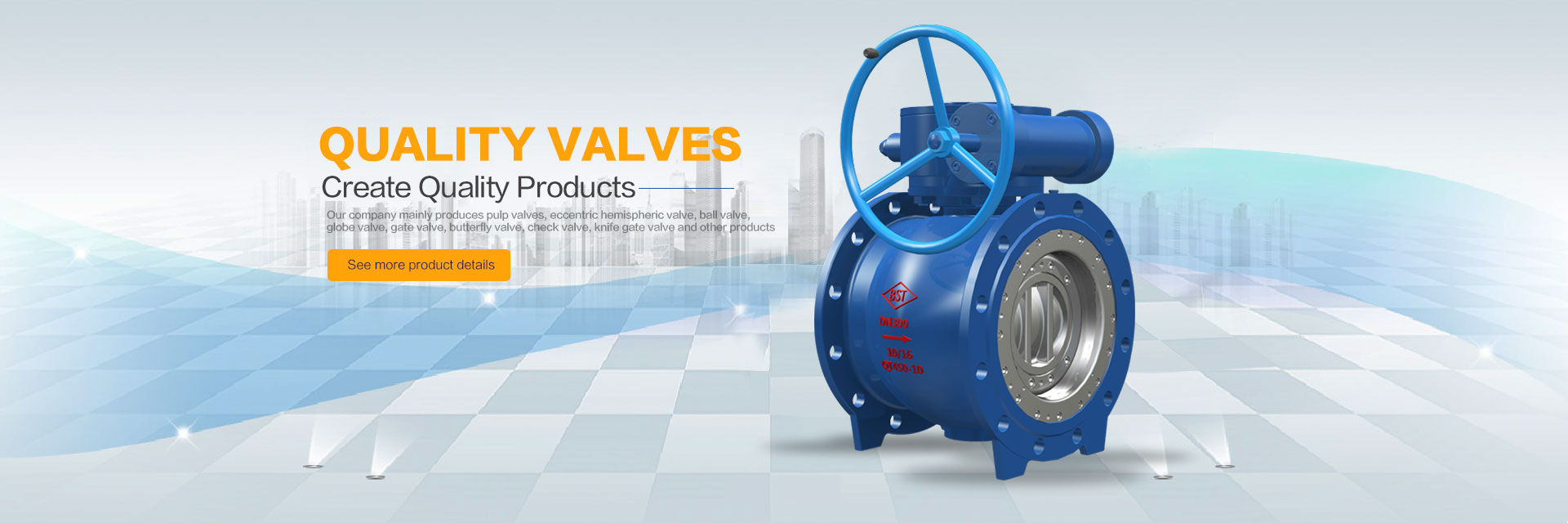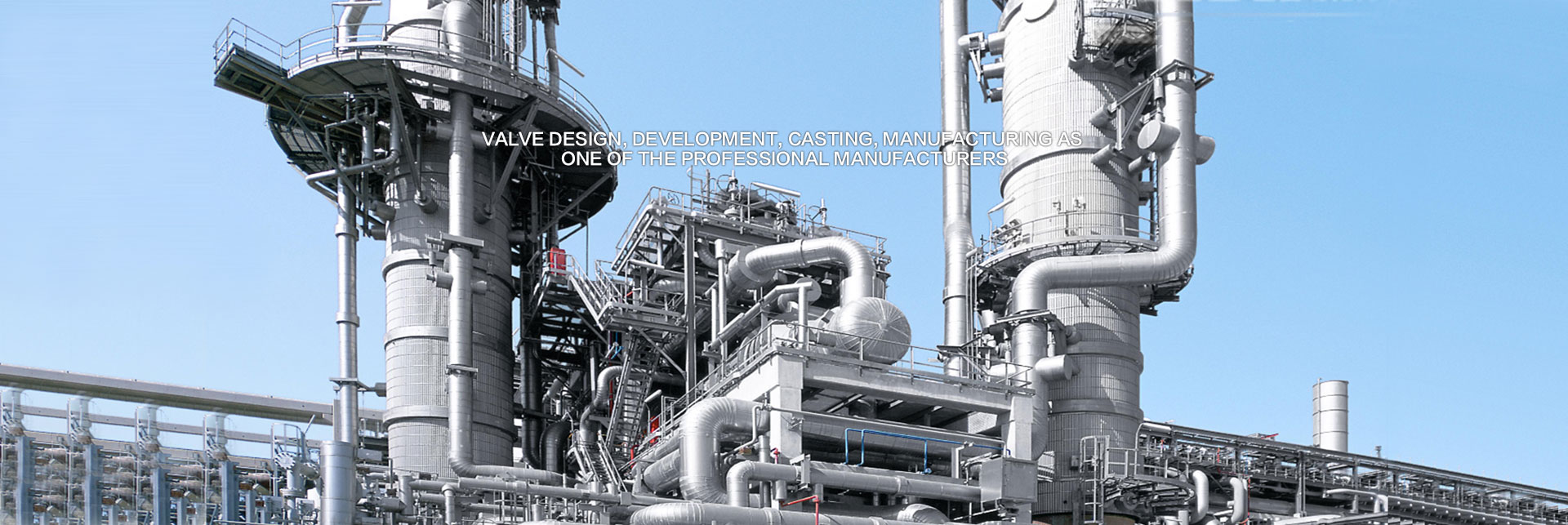The world's most wear-resistant alloy is 100 times more durable than high-strength steel
According to foreign media reports, researchers at the National Laboratory of Albuquerque Sandia, New Mexico, developed a new wear-resistant material consisting of 90% platinum and 10% gold, which is the most wear-resistant metal alloy at present. The strength steel is 100 times more durable and at the same level as the natural diamonds and sapphire. The researchers pointed out that if a car's tire coating is made of this material, it can be ground 500 times around the earth before it wears to the tread. This article by Shanghai HongdongReprinted and released; the company specializes in producing ISG pipeline centrifugal pumps , ISW pipeline centrifugal pumps , IRG pipeline centrifugal pumps , IHG stainless steel pipeline centrifugal pumps, etc. Welcome to visit the official website for specific product information.
It is reported that the study was funded by tens of millions of dollars from the US Department of Energy's National Nuclear Security Administration. The test results were published in the journal Advanced Materials in June this year, and scientists published their findings to the media last week.
A key theory behind this new type of platinum alloy comes from the study of the amazing heat resistance of gold by research institutes such as the Massachusetts Institute of Technology (MIT) and the University of Toronto.
The researchers theoretically speculate that the toughness of a metal depends on its response to high temperatures, not hardness.
“Many of the traditional alloys developed have been designed to increase the strength of the material by reducing the particle size,” said Sandia National Laboratory postdoctoral researcher and paper author John Curry in a statement. Even so, many alloys become thicker or softer under extreme pressure and high temperature conditions, especially in the case of metal fatigue. We have found that the platinum and gold alloys we have developed are very mechanically and thermally stable. During the rubbing, we did not observe that the microstructure of the alloy changed greatly under long-term cyclic stress. ”
To demonstrate the heat resistance and wear resistance of this alloy, the Sandia National Laboratory team conducted a rigorous cyclic annealing test, a heating process used to change the properties of materials during metallurgical processes. In ultra-high vacuum, the alloy is exposed to high temperatures at 500 degrees Celsius for a full day and then applied to various friction and wear experiments. Tiny single particles of alloy
“To a large extent we rely on the work of the MIT team of Chris Shuh,” says materials scientist Nicolas Argibay. “They spent years trying to understand the thermodynamic model of grain change and microstructure stability. At Sandia, we have been doing similar alignment modeling work to understand the degree of material wear.”
“If you understand our development work, you can infer from Chris's thermal stability model that alloys like this should have very good wear resistance.”
"We chose platinum and gold because we are very concerned about electronic components in Sandia," Ajibay said. "Mobile phone plug-ins, computers, satellite slip rings, and alloys that transmit power on airplanes and spacecraft can use alloys. They are plug-ins that connect to each other, subject to wear and tear, and also conduct current."
No deformations - there is no evidence that they melt into each other to form larger nanocrystals, or split into smaller grains, or fundamentally change their basic structure.









